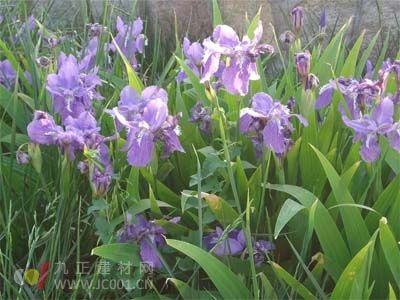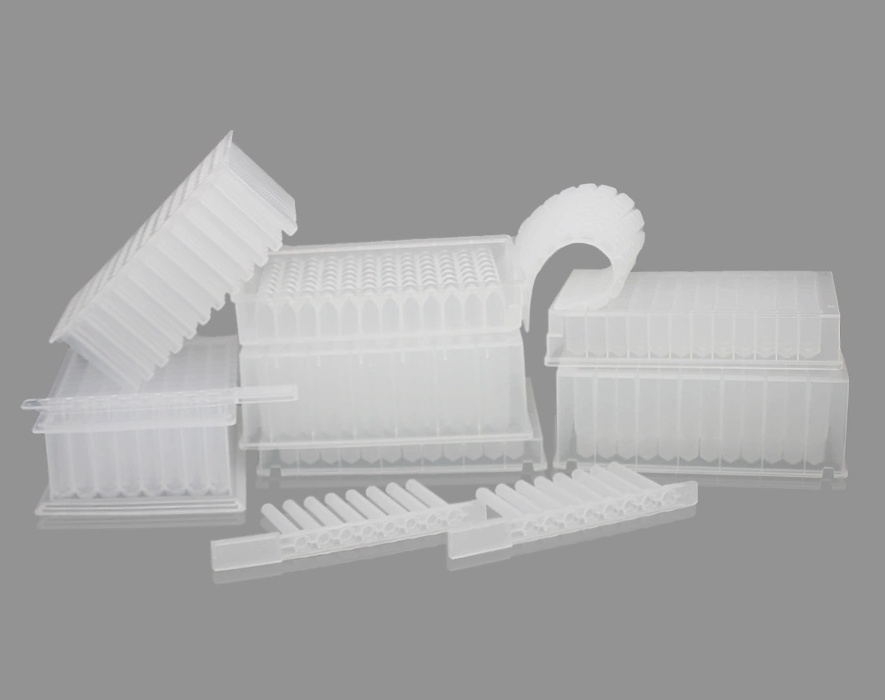Gladiolus cultivation management method: (1) The primary method of growing gladiolus is through bulb planting. In spring, bulbs are graded based on size and soaked in a solution of 70% methyl thiophanate powder diluted 800 times or carbendazim diluted 1000 times mixed with citrate at 1500 times for 30 minutes. After that, they are kept at 20–25°C to germinate and can be planted within about a week. For varieties suffering from severe viral infections and showing signs of degeneration, stem detoxification can be used to rejuvenate the plants. (2) Conventional gladiolus cultivation takes place under natural conditions, typically using bulbs with a diameter of 2.5 cm or larger. There are two common planting methods: ridge planting and direct planting, with a planting depth of 5–10 cm. At the stage when the second leaf emerges, the plant is most sensitive to environmental factors during flower bud differentiation. Low temperature and low light levels can lead to an increase in "blind flowers," which are buds that fail to open. When preparing the land, it's recommended to apply 6–9 kg of nitrogen, 6–12 kg of phosphorus, and 7–12 kg of potassium per mu. Throughout the growing season, three top-dressings are usually performed: once when 2–3 leaves appear, again when the inflorescence starts to develop, and finally 15 days after flowering. This helps ensure healthy growth and strong blooms. (3) For early blooming, it's necessary to break the bulb's dormancy first. After harvesting, bulbs naturally break dormancy from late autumn to early winter due to cold temperatures. To speed up this process, you can manually break dormancy by exposing the bulbs to 35°C for 15–20 days, followed by 2–3°C for 20 days before planting. This ensures timely sprouting. If you want flowers between January and February, plant them in October or November. If planting in December, they will bloom between March and May. From planting to flowering, the cycle usually takes 100–120 days. The planting spacing should be 15 cm × 15 cm or 25 cm × 7 cm, with 40–60 bulbs per square meter. After planting, maintain daytime temperatures at 20–25°C and nighttime temperatures at around 15°C. (4) Gladiolus can also be cultivated for delayed blooming. After seed collection, store them in a dry, cold place at 3–5°C. Then, plant them in a greenhouse from July to August of the following year, following the same management practices as regular cultivation. (5) Cut flowers can be harvested 60–100 days after planting, depending on the variety. Harvest when 1–5 small flowers at the base of the inflorescence are open, and take the flower stems along with 2–3 leaves. Be careful not to damage the leaves left on the lower stem, as they help feed new bulbs and offsets. Pack the harvested flowers by grade and store them at around 4°C. They should be delivered to consumers within 3–7 days. Prolonged storage or transport can reduce their quality.
Deep well Plate is an ideal product for sample storage, we have many types of 96 Deep Well Plate, such as 0.5ml elution plate, 1.2ml square well V bottom plate, 2.0ml round well U botttom plate for Hamilton and Nunc machines, 2.2ml square well V bottom and 2.2ml square well U bottom. They can be sterilized under high press, and keep the shape for 20 minutes even the temperature arrives at 121℃,All these characteristics set a new standard for the laboratory.
96 Well Deep Well Plate,2ml Deep Well Plate,Deep Well Microplates,1.2 ml Deep Well Plate,Square Well Plate Yong Yue Medical Technology(Kunshan) Co.,Ltd , https://www.yonyue.com

Gladiolus cultivation management method